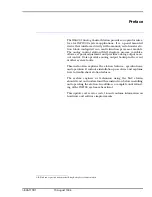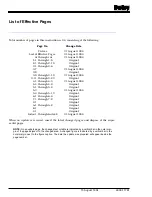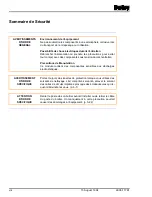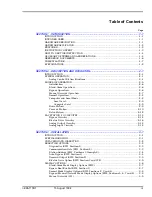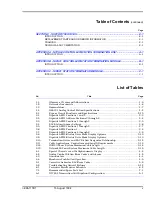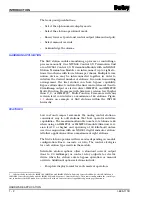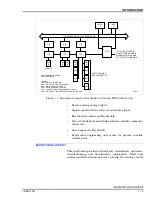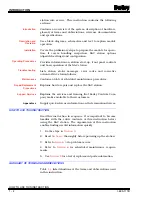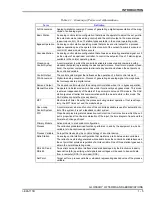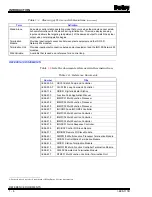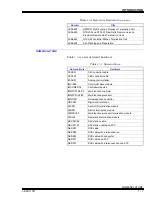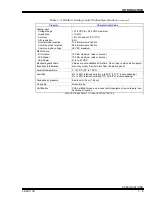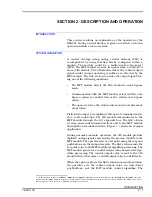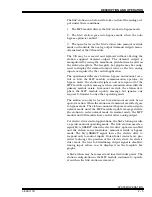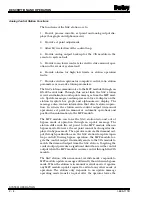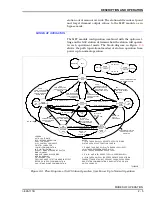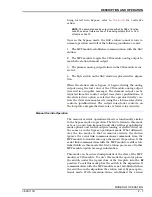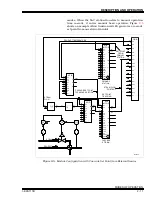
INTRODUCTION
GLOSSARY OF TERMS AND ABBREVIATIONS
I-E96-117B
1 - 5
Table 1-1. Glossary of Terms and Abbreviations
Term
Definition
A/D Conversion
Analog-to-digital conversion. Process of generating a digital representation of the mag-
nitude of an analog signal.
Basic Station
An analog control station configuration that allows the operator to adjust the set point in
the automatic mode (closed-loop control) and the control output in the manual mode
(open-loop control). One of 3 station types available in the normal operating mode.
Bypass Operation
An analog control station operating mode that provides control output for a process.
Bypass operation gives the operator direct control of the output if a primary module or
control I/O slave module failure occurs.
Cascade Station
An analog control station configuration that allows an externally generated signal, such
as the output of an upstream controller, to control the set point. One of 3 station types
available in the normal operating mode.
Closed-Loop
Control System
A control system in which the controlled variable is measured and compared with a
standard (set point) representing the desired performance. From this comparison (feed-
back), the system compensates to eliminate any deviation between the set point and
the controlled variable.
Control Output
The control system signal that influences the operation of a final control element.
D/A Conversion
Digital-to-analog conversion. Process of generating an analog signal of a magnitude
that corresponds to a digital value.
Demand Output
The desired control output of the analog control station when it is in bypass operation.
Manual Override
An operator initiated mode which has similar functionality as bypass mode. This mode
is entered independently of the state of the primary module and CIS module. The SAC
station ignores all serial link communications with the module while in this mode. The
SAC station controls the process directly.
MFT
Machine fault timer. Reset by the processor during normal operation. If not reset regu-
larly, the MFT times out and the module stops.
Open-Loop
Control System
A control system where no function of the controlled variable is used for automatic con-
trol of the system. It is not a feedback control system.
PID
Proportional plus integral plus derivative control action. Control action in which the out-
put is proportional to a linear combination of the input, the time integral of input and the
time rate-of-change of input.
Primary Module
Active module in a redundant configuration.
Process
The collective predetermined functions performed in and by the equipment in which a
variable is to be continuously controlled.
Process Variable
An input that is used by the control strategy of a control device.
Ratio Station
An analog control station configuration that maintains a ratio between two variables.
The ratio of an externally generated wild variable times the controlled variable becomes
the set point that provides regulation of a third variable. One of three station types avail-
able in the normal operating mode.
RS-232-C and
RS-485
Two serial communication interface standards developed by the Electronics Industry
Association (EIA) specifying what signals and voltages will be used to transmit data
from a computer (DTE) to a modem (DCE).
Set Point
Target set for a process variable or standard representing desired value of the process
variable.



